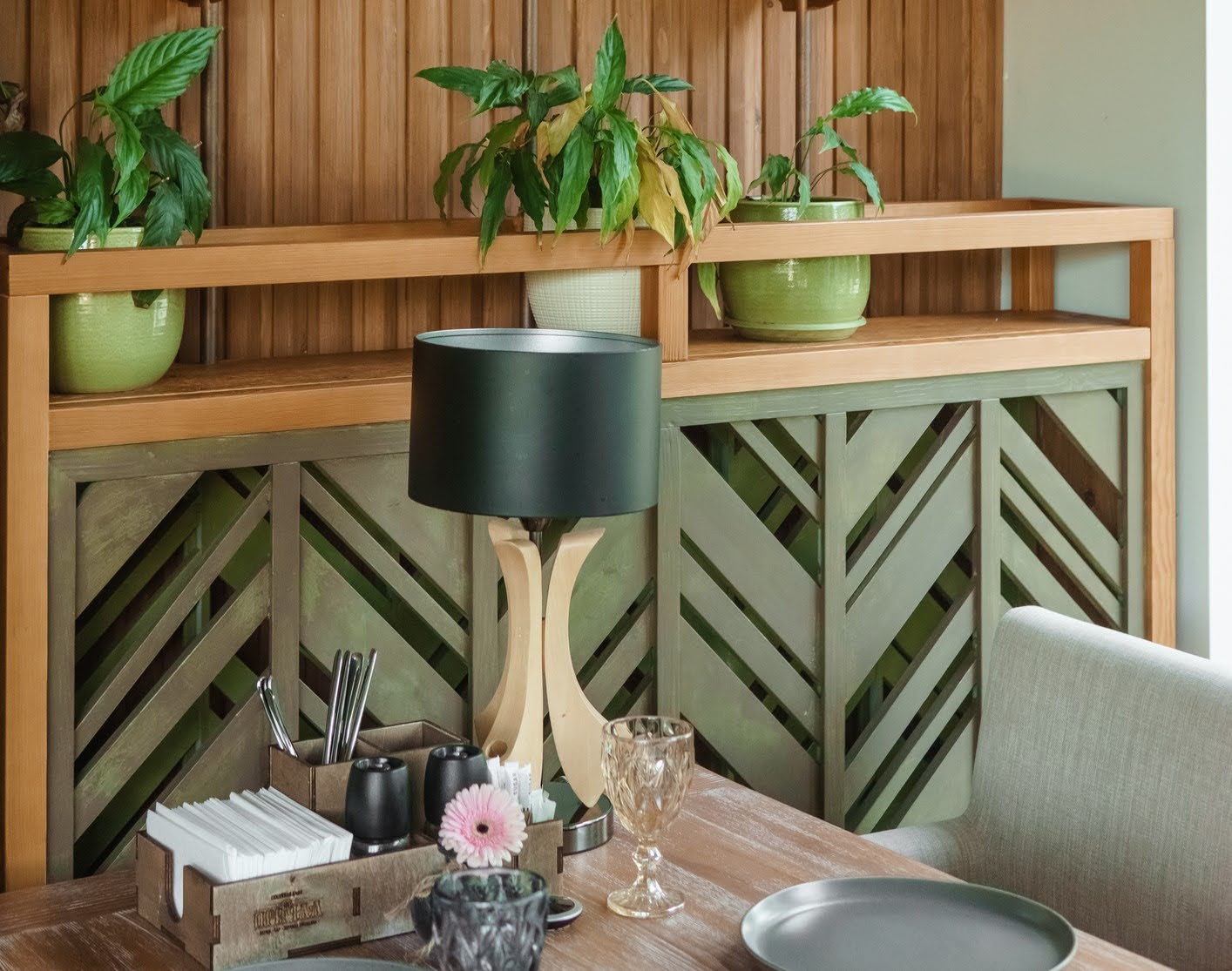News
- LCS Development
7 Ways to Incorporate Biophilic Textures Into New Senior Living Developments and Renovations

Being surrounded by nature and natural elements has a positive effect on our mental and physical health. Biophilic interior design seeks to replicate this effect by incorporating natural elements into modern architectural designs. This is done through the use of natural materials, patterns, and textures, as well as the creation of “green rooms” where living plants are used as both inspiration and a focal design element.
While everyone could benefit from a health boost, there is a disproportionately high rate of depression among older adults, who also struggle with health challenges. This makes the incorporation of biophilic designs into new senior housing renovations or new senior living development an imperative for the industry.
Senior living communities seeking to implement these elements can do so in a cost-effective way through the application of textures, furniture designs and treatments as part of the renovation process. Here are some suggestions on how to incorporate creative biophilic design elements into an upcoming senior community build or renovation.
1. Marbled Stone
Stone is a symbol of strength and durability, offering not only aesthetic appeal but a sense of peace and solidity in any biophilic design. The myriad of marbled surfaces, patterns, colors and textures available make it suitable for floors, countertops and even feature walls. Polished stone also has reflective properties that can make an area feel airy and luminous. This is why it’s often used to make areas feel larger, more spacious and more luxurious in new senior housing.
2. Living Walls
A must when discussing biophilic interior design, living walls create a space that truly brings the outside in. Vertical garden installations can be filled with lush indoor plants and greenery. This provides a refreshing, vibrant element to the space that gives residents the sense of walking outside on a spring day. Walls can be installed with self-watering systems, and could be as small as a few square feet or many stories tall.
3. Biophilic Wallpaper Textures
Wallpaper comes in and out of fashion, but many of its textures are timeless. Consider wallpaper made from bamboo or rattan for a unique, sustainable look and feel. Wallpaper can also be obtained in soothing organic shapes such as leaves, vines, flowers or other designs that mimic natural patterns. Using wallpaper can also evoke the feel of a living wall without the additional maintenance. It is also cost-effective, making it perfect for new senior housing renovations or new senior living developments.
4. Organic Shapes and Forms
Organic shapes and forms inspired by nature can also be incorporated into furniture and fixtures used in biophilic interior designs, as well as other architectural elements. Frank Lloyd Wright’s Fallingwater home is a good example of organic architecture that draws inspiration from its landscape. Cantilevered balconies and terraces are meant to echo the form of the waterfall. Curved lines, irregular patterns, and asymmetrical designs can mimic natural patterns found in plants and landscapes that surround your new senior living development or existing community. This is a great way to give your community a unique sense of place.
5. Natural Artifacts
Natural objects such as driftwood, antlers, feathers, seashells, or botanical items can be added as decorative accents to common areas. This could be something as simple as displaying seashells under glass in a common area table or dried flower displays in shadow boxes. These tactile artifacts serve as reminders of the natural world that can be soothing and grounding.
6. Incorporating Rock and Gravel
Rocks, pebbles, and gravel can be displayed in vases, used to create organic patterns on walls or floors, or used as part of water features. Other creative biophilic design elements include rock retaining walls, which can be used to design outdoor and even indoor spaces. Stacked stone can provide a visually unique alternative to mortared stone.
7. Textured Biophilic Surfaces
Consider adding other textured surfaces to add tactile and visual interest. Textured surfaces can emulate many of the sensory experiences found in nature. Materials like rough-hewn wood and stone cladding can create a sense of depth that may give residents the feeling of moving through a wooded glade or rocky moor.
Connect with Development Experts at LCS
If you’d like to know more about biophilic interior design trends, and how to incorporate them into your new senior housing renovations or new senior living developments, LCS Development, An LCS Company, can help. We have over a half century of experience in connecting communities with the resources they need to expand and elevate their offerings. Contact us at 515-642-1744, or complete the contact form below.
Subscribe to LCS Insights
More Insights
-
Unlock Operational Efficiency with Essential Key Performance Indicators and Actionable Strategies
Understanding your community’s key performance indicators can pave the way for strategic changes that elevate the quality of your resident care and improve operational efficiencies. … Read More about Unlock Operational Efficiency with Essential Key Performance Indicators and Actionable Strategies- LCS
- Life Care Services
-
LCS Named a Top Workplace USA for Fifth Consecutive Year
The award recognizes company culture and employee engagement … Read More about LCS Named a Top Workplace USA for Fifth Consecutive Year- Senior Living
- LCS
- Life Care Services
- LCS Careers
-
LCS Development to lead Westminster expansion
The $44 million expansion includes innovation, infrastructure, and amenity upgrades for the community. … Read More about LCS Development to lead Westminster expansion- LCS Development
- Life Care Services
- LCS
-
2025 Trends in Senior Living Shaping the Future of Communities
Senior living trends are redefining care with wellness-focused designs, smart technologies and data-driven practices to meet evolving resident needs of a rapidly growing 80+ population, which is projected to reach 18.8 million by 2030. … Read More about 2025 Trends in Senior Living Shaping the Future of Communities- LCS
- Life Care Services
- LCS Development
- CPS
